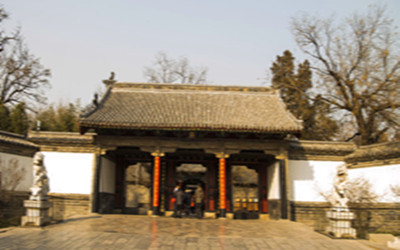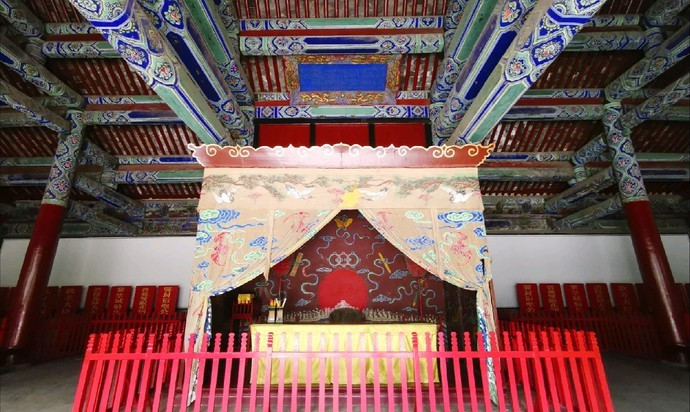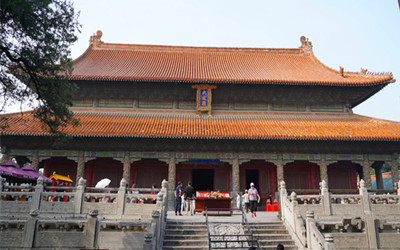Skype: neodalle-travel
Tel: +86 135 7447 2266
E-mail: sales@visitaroundchina.com
Qufu Confucius Temple, located inside the south gate of Qufu City, Shandong Province, is a group of grand buildings built in oriental style. Together with the Summer Palace in Beijing and the Mountain Resort of Chengde , it is one of the three largest ancient architectural complexes in China. Qufu Confucius Temple, also called孔庙(Kongmiao) in Chinese, at the hometown of Confucius, is the most famous and the largest temple of its kind in the memory of the sage. His ideology was developed to the influential Confucianism, which has had the most enduring and profound effect over Chinese culture.
 Qufu Confucius Temple started as three houses in the year of 478 BC, the second year after the death of the sage. Each year as Confucianism became the standard of Chinese culture, its scale was expanded accordingly. Sacrifices were often offered, either by Emperors themselves, or by emperor-appointed high officials. In the Qing Dynasty (1644-1911), Emperor Qianlong offered sacrifices here eight times. The Gate to the Temple was named Lingxing Gate. Lingxing was the legendary star of literacy, and emperors offered sacrifices first to Lingxing when they offered sacrifices to heaven. The scale of offering sacrifices was as grand as that given to the heavens. This gives us an idea of the importance of the sage in history.
Qufu Confucius Temple started as three houses in the year of 478 BC, the second year after the death of the sage. Each year as Confucianism became the standard of Chinese culture, its scale was expanded accordingly. Sacrifices were often offered, either by Emperors themselves, or by emperor-appointed high officials. In the Qing Dynasty (1644-1911), Emperor Qianlong offered sacrifices here eight times. The Gate to the Temple was named Lingxing Gate. Lingxing was the legendary star of literacy, and emperors offered sacrifices first to Lingxing when they offered sacrifices to heaven. The scale of offering sacrifices was as grand as that given to the heavens. This gives us an idea of the importance of the sage in history. After Great Sage Gate (Dasheng Men), the buildings are divided into three parts. The central part is for offering sacrifices to Confucius and other scholars and sages. The eastern part is for sacrifices to his ancestors, while the west is for his parents.
After Great Sage Gate (Dasheng Men), the buildings are divided into three parts. The central part is for offering sacrifices to Confucius and other scholars and sages. The eastern part is for sacrifices to his ancestors, while the west is for his parents. Apricot Altar ,located in front of the Dacheng Hall, is said to be where Confucius preached. The Altar is surrounded by red fences with hills behind them. One finely decorated pavilion has a painted dragon and a stele engraved with Emperor Qianlong's handwriting.
Apricot Altar ,located in front of the Dacheng Hall, is said to be where Confucius preached. The Altar is surrounded by red fences with hills behind them. One finely decorated pavilion has a painted dragon and a stele engraved with Emperor Qianlong's handwriting. Ask Questions ?
Ask Questions ?